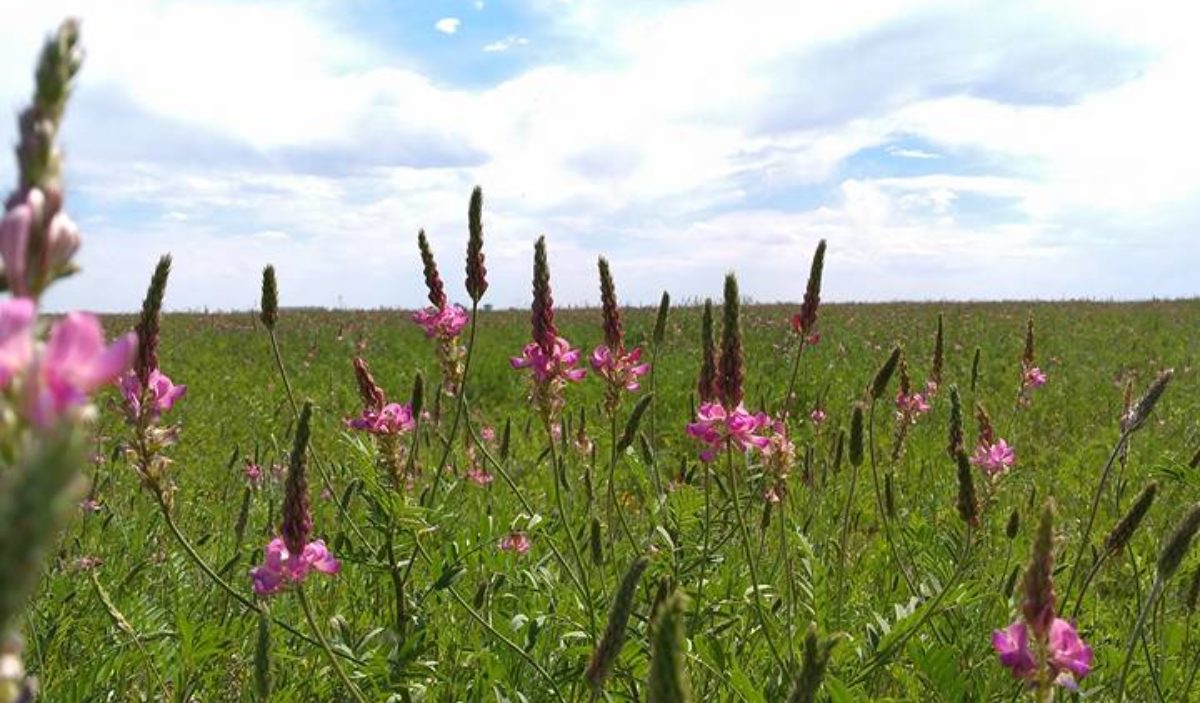I ordered my trees from Stark Bros and had them delivered in July, not a suggested time for tree planting but it is what it is. I immediately began my earthworks after placing the order. Then I painted tree stakes and laid out my plantings. I finished just in time.

I was amazed at how small the boxes were, and a little wary. I began unboxing and soaking my trees immediately.

Please excuse the mish mash of detritus in this picture. This is my unboxed tree showing some leaf budding. I went about painting the trees white while they soaked. It was July and I did not want my new trees to get sun burn.

All painted! You can see that I have a lot of shredded paper in there with my plants. I wasn’t going to be able to plant them all in one day, as I had 36 and was planting alone, so I “hilled” them in their containers.

Here is a happily planted and mulched tree looking very much like a stick. I just knew it would grow into a beauty! You can also see my hand painted stake used to identify the tree and plan out the planting.

It took some time but I managed to get one full berm planted and mulched. I left spaces in some spots for cherry trees, which had been sold out when I’d placed my order. The mulch is extremely moldy straw that has been sitting in a corner of our property since before we moved in.

I was extremely happy to find that within weeks I had some beautiful leafing. I was concerned about two of my trees though as they were not showing leaves. I hoped they made it. Thankfully they did, they just took a lot longer to adjust than the others.

Now look at this, a very happy boy helping me show the height and growth of our trees. This tree just shot out quite impressively. It is a Superior Plum tree, standard sized. My son happily walked the berm line with me nightly, talking about how excited he was to pick fruit off of the trees. I don’t believe he realized how long he’d be waiting though.

I did have some issues though. I am not positive but I believe we had some blight. You can see the black leaves in this picture. I took shears and cut all the black off, bleaching between prunings, and then burned the clippings. I hope I do not see it this year.



After I planted the trees I threw out a great variety of herb, salad, vegetable and flower seeds. It was late in the season but I had some amazing lettuce growth. This lettuce reached 3 feet in diameter with leaves bigger than my head. I had poppies and nasturtium do well. I also had a ton of various lettuces.


I cut some bushes down and threw all of the branches into my swales.

Most of the berm produce went to the poultry. I did save what seeds I could for this springs planting. The kids loved bringing the poultry goodies.

I find kids will try about anything if they can pick it. Though that doesn’t mean they’ll like it, as seen here:

We had quite a few beets grow and the turnips grew absolutely massive in size. My son happily washed and bit into every plant he picked. He thought the beet was sweet but he had quite an attack when he bit into a turnip. I licked it and understood why, it was incredibly spicy. The chickens adored those turnips though.
 (excuse the mattress behind the kids in this picture. It is our old bed, which I stripped down to the frame and intend to use as a trellis this spring. You can see the stripped frame in one of the pictures below.)
(excuse the mattress behind the kids in this picture. It is our old bed, which I stripped down to the frame and intend to use as a trellis this spring. You can see the stripped frame in one of the pictures below.)

I did prune, not much, but a bit. My Son was anxious to help me with that job. Here he is cutting some suckers off of the bottom of the tree. Great view of one of my tree markers as well. Superior is the type of fruit, Then you can see Plum written under it and the S stands for Standard sized root stock. So this will be a standard sized superior plum tree.


Then it was fall and time to protect my trees. I ended up transplanting my grapes onto the berms, under the standard sized fruit trees. Where I planted a grape I used cement to hold down the mulch. It has worked quite well so far. I used the walls of tires to hold the mulch down around my black walnut trees. That has also been a successful method of holding mulch. We get some impressively fierce winds out here, 40-50mph is normal for us.
Now to wait and see what happens this spring. Did all of my trees survive? I am hopeful. The berms and swales did an impressive job of collecting snow so I believe my trees have received a decent amount of water. It has been a rather dry winter so far. We still have snow collected in the swales and in some of the water diversion ditches so I would say the earthworks did the trick.







































































